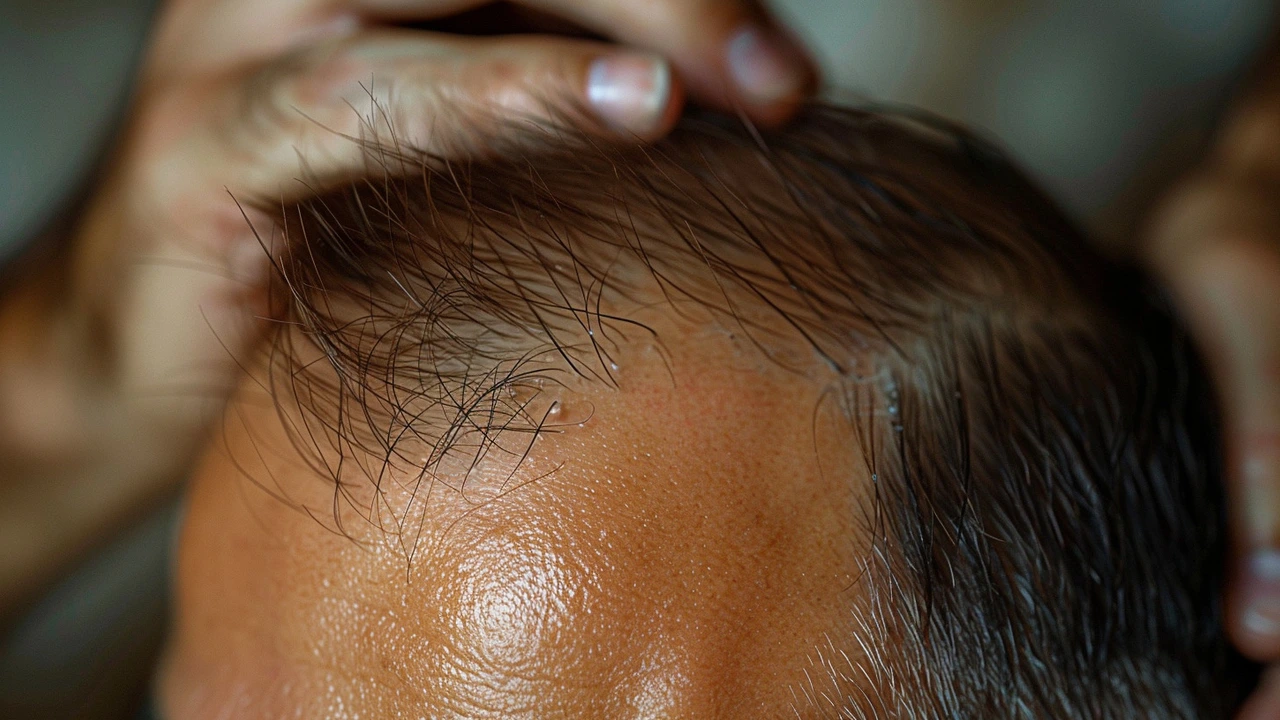Finasteride: What it does and who it helps
Finasteride is a prescription drug used mainly for two things: male pattern hair loss and enlarged prostate (benign prostatic hyperplasia, BPH). It works by lowering a hormone (DHT) that shrinks hair follicles and enlarges the prostate. That makes it useful if you want to slow hair loss or reduce urinary symptoms from BPH.
How people take finasteride
For hair loss the usual dose is 1 mg once daily. For BPH doctors commonly use 5 mg once daily. Take it at the same time each day, with or without food. Expect results slowly: hair improvements often show after 3–6 months, and prostate symptoms can take several weeks to months. If you stop the drug, benefits typically fade over several months.
Finasteride is prescription-only. Your doctor will check medical history and may order tests like a PSA blood test for prostate screening. If you’re already seeing a urologist or dermatologist, tell them about any other medications or health issues before starting finasteride.
Side effects and safety tips
Common side effects include reduced libido, erectile dysfunction, and lower semen volume. These happen in a minority of users and often improve with time or after stopping treatment. A small number report ongoing sexual problems after stopping — mention any severe or lasting issues to your doctor.
Other possible effects are breast tenderness or enlargement and mood changes. If you notice lumps, persistent pain, or unusual mood swings, contact your healthcare provider. Finasteride also lowers PSA readings, which can affect prostate cancer screening, so always tell the clinician doing PSA testing that you take finasteride.
Women, especially those who are pregnant or could become pregnant, should not handle crushed or broken finasteride tablets. The drug can cause birth defects in a male fetus. Finasteride is not approved for use in women or children.
Drug interactions are uncommon, but always list current meds to your doctor. If you’re on liver medicines or have liver disease, your clinician will decide if finasteride is safe for you. Ask about blood donation rules where you live — some services recommend not donating while taking finasteride.
Practical tips: keep a simple daily reminder (phone alarm or pill box). Track changes with photos for hair treatment — that’s the clearest way to see progress. If sexual side effects start, don’t stop suddenly without talking to your doctor; sometimes lowering expectations or switching treatments is safer than abrupt changes.
Alternatives include topical minoxidil for hair and other medications or procedures for BPH. If finasteride doesn’t help or side effects are bothersome, your doctor can suggest next steps based on your goals.
If you’re thinking about finasteride, book a short consult. A quick chat with a clinician will sort dose, expectations, and safety checks so you can make a confident choice.

Finasteride in Propecia & Proscar: A Potential Shield Against Heart Disease
Recent research highlights a surprising benefit of finasteride, the active ingredient in hair-loss medications like Propecia and Proscar. Beyond treating male pattern baldness and an enlarged prostate, finasteride is now linked to a lower risk of heart disease in men, thanks to its cholesterol-lowering effects.
